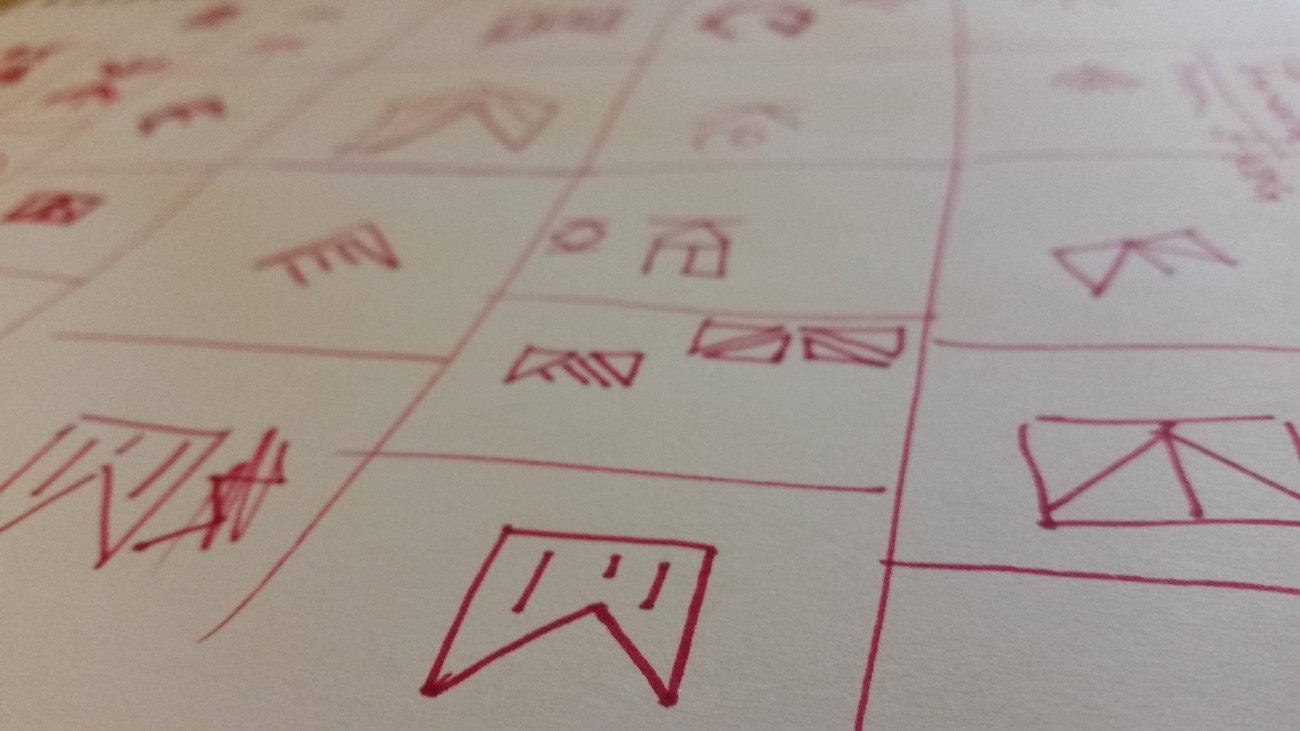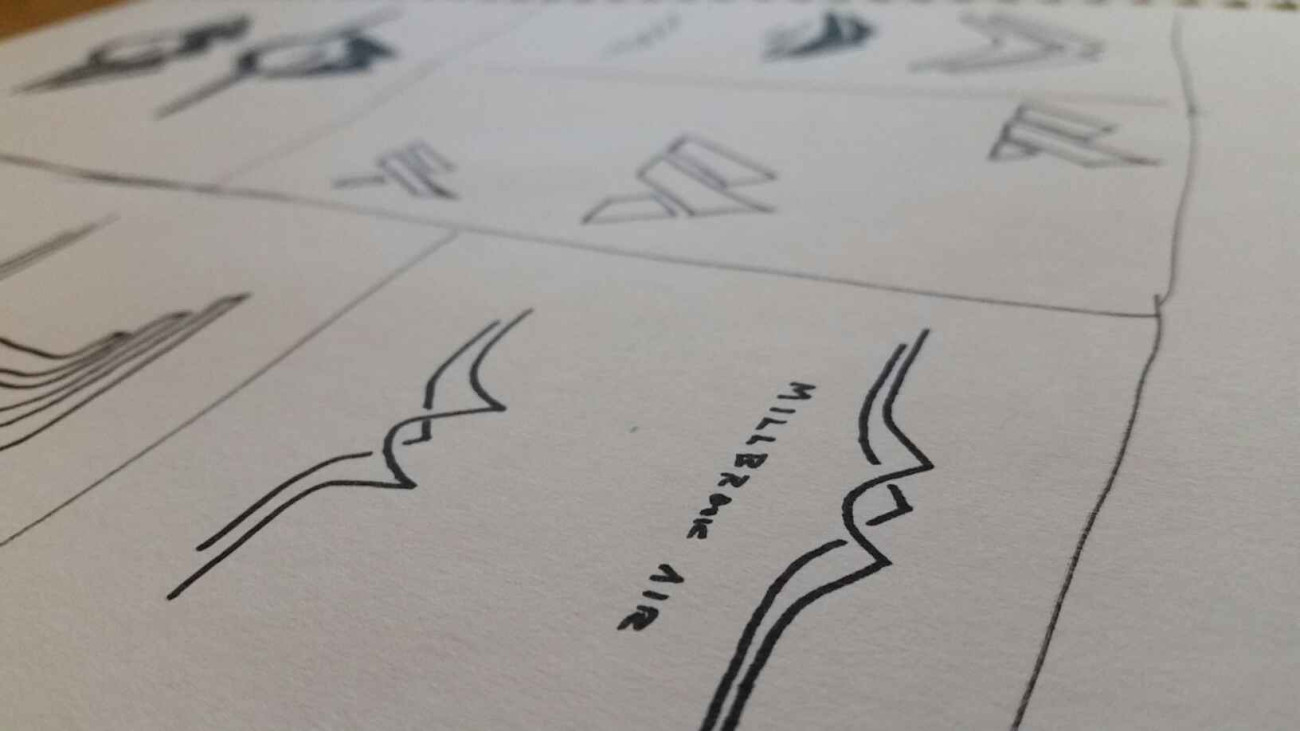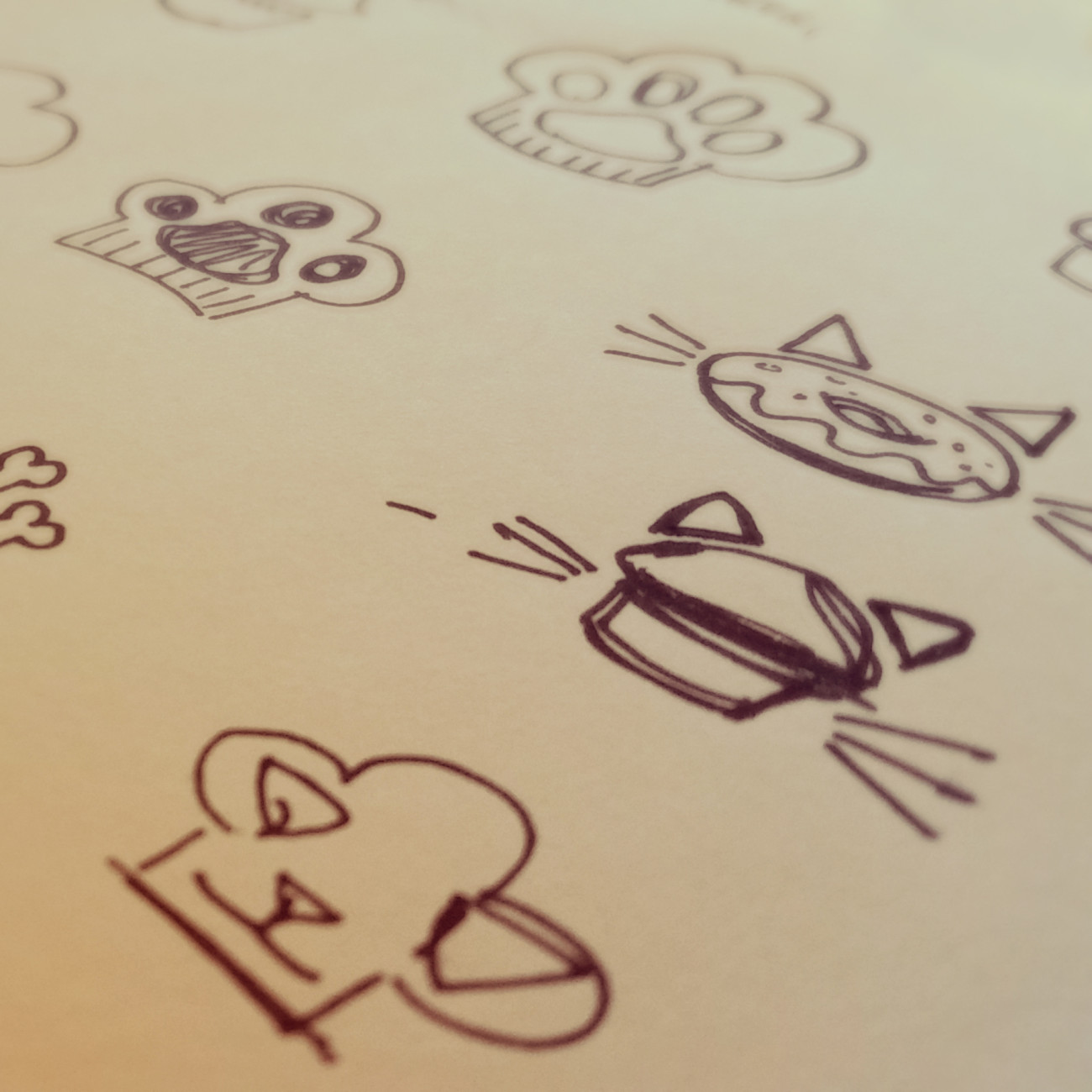I recently read a commentary titled The One Concept Approach: How a Professional Designs A Logo, essentially an argument in favor of delivering a single, refined logo to a client instead of several concepts. The idea ignores the realities of the design process (vis-à-vis business and client relations) for many designers (especially freelancers) as well as the concept of design in the abstract. Here’s why:
The Problem With One Concept
Design is not math – there’s not a single solution for every “problem”. In developing a brand, a designer’s task is to create something that visually represents the tone of the organization. As clear and distinct as that tone might be, to say there’s only one possible “best” representation of that brand is erroneous by the very nature of design – simply put, it’s subjective. Moreover, the tone is typically not so singularly interpretive and the client inevitably knows their brand better than the designer.
Consider this scenario: you take a thorough design brief and hand it out to 100 different (good) designers. You ask for a single logo from each of them. You’re likely to get many designs that share elements in one way or another. But here’s a guarantee: you will not see 2 of the exact same logo (barring any of them copying another). You might have a personal preference for one, but can you really say one is objectively the best solution?

If you believe that a professional designs a logo purely for the client’s customer – that is to say, the designer can ignore the client – you are mistaken. Although the ultimate purpose of the logo/brand is to appeal to the customer, it’s a simple fact that it can’t ever get to that point if the client doesn’t like it. The truth is that the task is treading a balance between “pleasing the audience (the client’s customer)” and “pleasing the client”. To ignore the latter, though it would make our lives simpler, is a fool’s errand and a waste of time.
Designers put ideas and feelings into visual form. They’re not doctors or mechanics, for whom there often is one correct solution; in design, that’s essentially never the case.
Having said that: it is possible and sometimes efficacious to come to a conclusion with just one concept – but to say it’s the only/right/best method is arrogant at best (and entirely wrong at worst).
Why Do Clients Want Options?
Clients want multiple concepts because they want to be a part of the process of defining their brand. While that can sometimes create problems – namely, when “good design” and “what the client likes” are at odds – it’s up to the designer to find harmony between the two (admittedly sometimes a nigh impossible burden). There is a simple way to escape the issue of leaving a client with a bad design: don’t present them with any.
Presenting multiple concepts doesn’t mean presenting a truckload of them (Hick’s Law is always relevant), nor does it mean producing bad work. It simply recognizes the subjectivity and wiggle room in brand design, and deals with it in the rational, reasonable way. Where there are clear distinctions that will affect a client’s brand, they should be explained and catered to. Where there is open-endedness – a designer has options. If there are multiple “good” solutions for a brand, and a client has a preference, it does not matter which they choose (provided, of course, all the options a designer has presented are good).
Process & Work
The process is relatively simple, and is the same for many designers. Start with a lot, finish with a little. You research the organization, the industry, competitors, etc. You create as many ideas as you have. You cull and refine. You cull and refine. You cull and refine.

In the end, you only present the best work to the client, and you explain the purpose of every decision. No one can understand the purpose/mission better than the client, so any variation between them can be a question for them to answer. Inevitably, the feeling of one logo will differ from every other; explain those differences and what they mean.
That “best work” might be just one concept; it also might be more. If you have, for example, 4 solid, usable logos after all your culling – and they are unique to the point that they cannot be consolidated – and you show the client only 1, you are depriving that client of 3 other good options.
One Final Point
I’ve deliberately avoided quoting and point-by-point disputing the cited article’s claims, but one thing needs to be said about this sort of stuff:
If a designer cannot determine which of two remaining concepts most effectively serves the project goals, then they are not to the point where they should be taking on clients
You must possess the design competence to be able to determine [the most effective logo] based on the project criteria else you have no business taking on clients.
This spills over into ignorant and condescending. “If you don’t do things the way I do things, you’re wrong and shouldn’t make money.” While the issue of whether a “professional” presents a single concept or multiple might be a case for debate – their being mature and unconceited (to clients and peers alike) is not.

